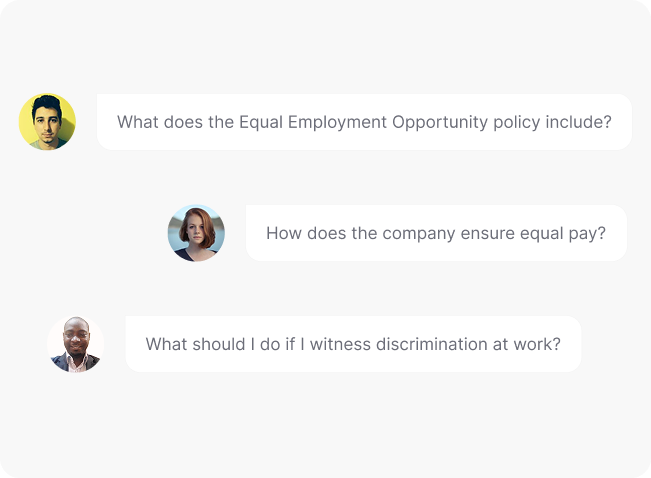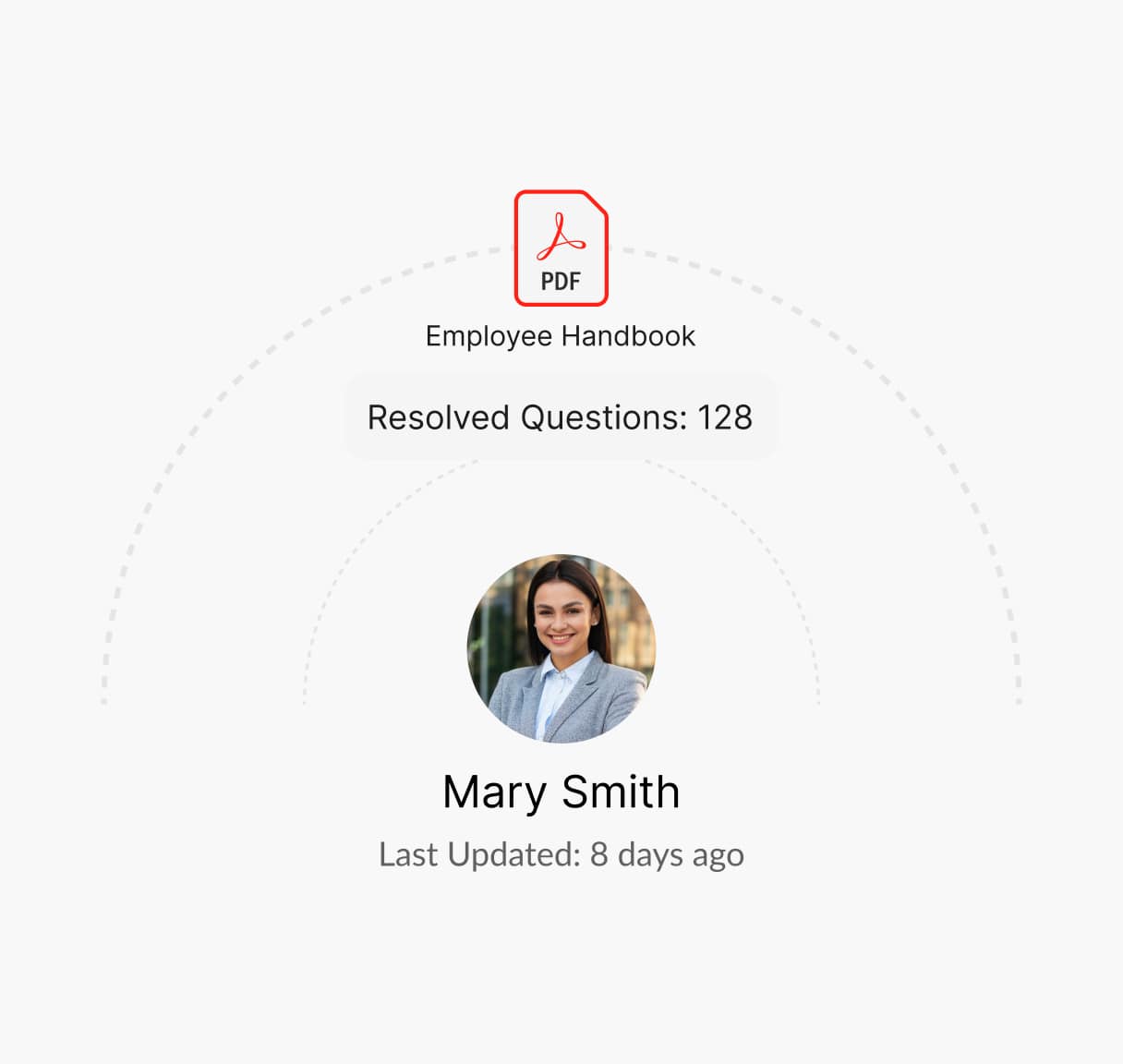Everything You Need to Know About Equal Employment Opportunity Policy
An Equal Employment Opportunity (EEO) policy underscores an organization’s commitment to fostering a workplace that is free from discrimination, where every employee has the chance to succeed based on their skills, performance, and qualifications. This policy is not only a legal obligation but also a reflection of the organization’s values, promoting fairness, inclusivity, and diversity.

What is an Equal Employment Opportunity Policy?
An Equal Employment Opportunity policy outlines the organization’s pledge to provide fair treatment in all aspects of employment. It prohibits discrimination or harassment based on protected characteristics, such as race, gender, age, religion, national origin, disability, sexual orientation, or any other status protected by law. This policy establishes clear guidelines for equitable hiring, promotions, compensation, and workplace conduct, ensuring compliance with anti-discrimination laws and fostering a culture of respect and inclusion.
Guidelines for Creating an Equal Employment Opportunity Policy
Creating a comprehensive EEO policy involves a thoughtful and strategic approach. Here’s what you need to keep in mind:
State the Organization’s Commitment
Begin with a clear statement of your organization’s commitment to EEO principles, emphasizing fairness, respect, and diversity.
Define Protected Characteristics
List all characteristics protected under local, state, and federal laws to ensure comprehensive coverage.
Clarify Scope and Application
Specify that the policy applies to all employment practices, including recruitment, hiring, promotions, training, compensation, and terminations.
Include a Non-Discrimination Clause
Explicitly state that discrimination or harassment based on protected characteristics is prohibited.
Outline Reporting Mechanisms
Provide clear steps for employees to report discrimination or harassment, including confidentiality and non-retaliation assurances.
Detail Investigation Procedures
Explain how complaints will be handled, emphasizing prompt, fair, and thorough investigations.
What is Covered in an Equal Employment Opportunity Policy?
An effective equal employment opportunity policy should include the following:
Non-Discrimination Statement
A declaration that the organization does not tolerate discrimination or harassment in any form.
Protected Characteristics
A comprehensive list of attributes protected by law, such as race, gender, age, religion, disability, or sexual orientation.
Application to Employment Practices
Details on how the policy applies to recruitment, promotions, compensation, training, and other employment decisions.
Complaint and Reporting Process
Steps for reporting violations, including contact points, confidentiality assurances, and non-retaliation guarantees.
Investigation and Resolution Procedures
Guidelines for addressing complaints, ensuring a fair and thorough investigation process.
Reasonable Accommodations
Commitment to providing accommodations for employees with disabilities or other needs, as required by law.
Commitment to Diversity and Inclusion
An affirmation of the organization’s efforts to create an inclusive and equitable workplace.
Legal Compliance
Include references to key U.S. employment laws like Title VII of the Civil Rights Act, ADA, ADEA, and other applicable federal, state, and local regulations ensuring equal employment opportunities.
Need help creating a Equal Employment Opportunity Policy?
How Winslow Helps HR Teams Streamline Equal Employment Opportunity Policy
Effectively managing EEO policies requires transparency, accessibility, and proactive communication. Winslow’s AI-powered solutions simplify this process:

Instant answers anytime
Winslow enables employees to quickly access your EEO policy via Slack, Teams, or email. They can find details about reporting procedures, protected characteristics, or complaint mechanisms instantly, reducing HR workload.
Personalized Support
Winslow provides instant answers to all HR questions, including those about your Equal Employment Opportunity Policy, ensuring clarity on fair hiring and workplace practices.


Analytics and Insights
Winslow tracks policy-related queries, helping HR teams identify trends and common concerns. This data enables organizations to refine their policy, improve reporting channels, and address recurring issues proactively.
Streamline EEO Policy Management with Winslow
Winslow empowers HR teams to handle EEO-related queries efficiently, ensuring quick responses and reinforcing an inclusive workplace. Enhance compliance, transparency, and employee satisfaction with Winslow’s AI-powered solutions.
Frequently asked questions
Have further questions about Winslow, contact us at sales@usewinslow.com
How does an organization ensure compliance with EEO laws?
Organizations ensure compliance by aligning policies with legal requirements, providing training, monitoring practices, and addressing complaints promptly and fairly.
What steps can employees take if they experience discrimination?
Employees should report incidents to their HR department or designated EEO officer. Organizations should provide clear, confidential reporting channels.
How do you handle cultural differences within an EEO framework?
Organizations can address cultural differences by offering diversity training, fostering open communication, and ensuring policies are inclusive while aligning with EEO regulations.
What are best practices for promoting diversity in recruitment under an EEO policy?
Best practices include using unbiased job descriptions, diverse hiring panels, targeted outreach to underrepresented groups, and leveraging analytics to monitor recruitment equity.
How should organizations handle retaliation claims related to EEO violations?
EEO policies should explicitly prohibit retaliation and provide clear steps for investigating and addressing claims, including support for affected employees.
Additional resources
Device Usage Policy
Managing employee leave effectively is vital for maintaining workforce productivity and compliance....
Learn moreconfidentiality policy
Protecting sensitive information is crucial. A clear Confidentiality Policy outlines guidelines for...
Learn moreclaim reimbursement
Ensuring fair compensation for expenses is key. A clear Claim Reimbursement Policy...
Learn more




